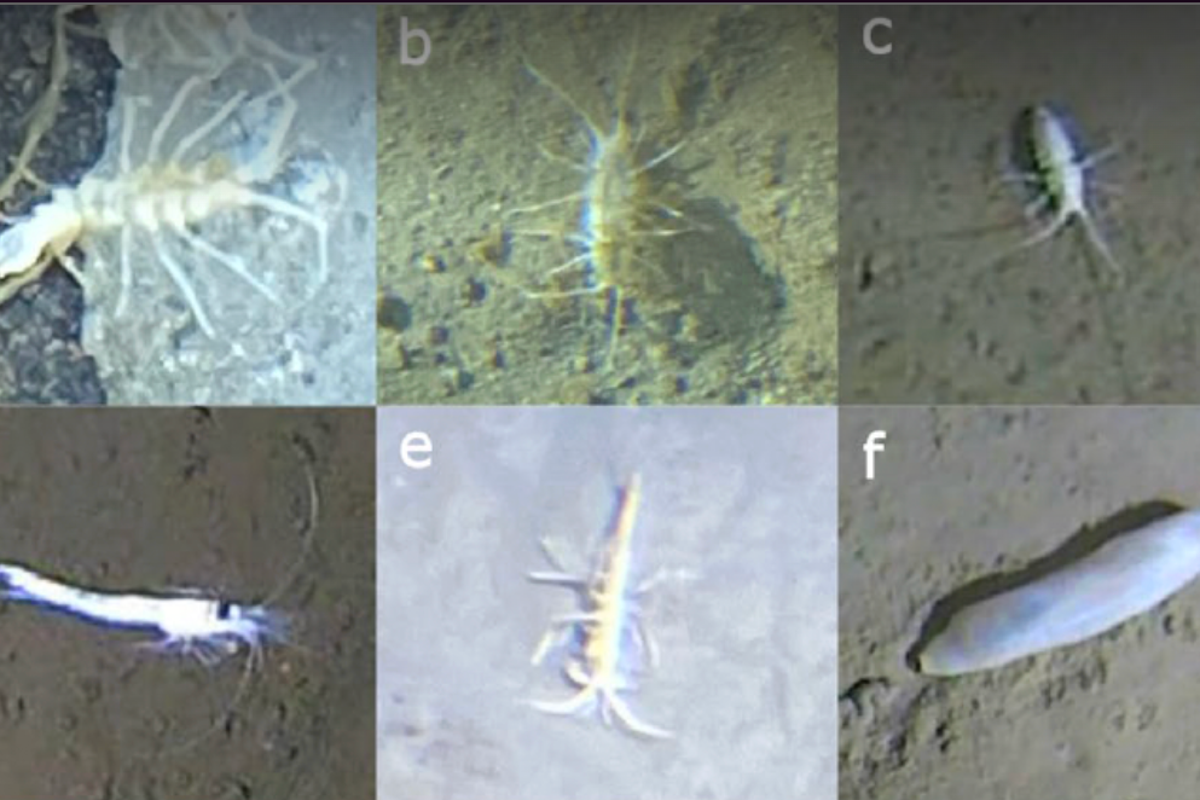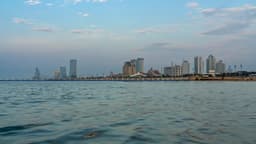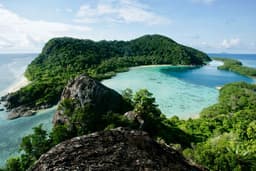Home / Science / Deepest Creatures Adapt to Extreme Ocean Trenches
Deepest Creatures Adapt to Extreme Ocean Trenches
29 Oct
Summary
- Researchers documented nearly 30,000 deep-sea organisms in Japan's trenches
- Seafloor ecosystems shaped by depth, food supply, seismic activity, and seafloor structure
- Discovery of world's deepest fish, a snailfish living over 8km below sea level

In 2022, a team of researchers conducted a series of crewed submersible dives to the hadal zone, the deepest part of the world's oceans, in the Japan, Ryukyu, and Izu-Ogasawara trenches of the Northwest Pacific Ocean. Their observations, published in the Journal of Biogeography in 2023, have provided unprecedented insights into the diverse deep-sea ecosystems of this region.
The researchers documented nearly 30,000 deep-sea organisms, particularly those living between 7,000 to 10,000 meters below the sea surface. They found that the seafloor ecosystems in this area are shaped by a variety of factors, including depth, food supply, seismic activity, and the structure of the seafloor itself.
For instance, the nutrient-rich Japan Trench supported high abundances of sea cucumbers and other creatures that feed on seafloor deposits, while the more food-limited Ryukyu Trench was dominated by very different communities. In the Izu-Ogasawara Trench, the researchers discovered extensive sea lily meadows at a depth of around 9,000 meters.
One of the most remarkable findings was the discovery of the world's deepest fish, a snailfish living over 8 kilometers below the sea level. This discovery, announced in 2023, highlights the amazing range of adaptations that deep-sea creatures have developed to thrive in these extreme environments.
The researchers also found that within the trenches, differences in historical seismic disturbance and seafloor stability created distinct communities of organisms. Areas with more frequent seismic activity were dominated by low-diversity organisms that had adapted to their environment, while more stable areas supported more diverse communities.
These findings shed new light on the complex interplay of factors that shape the deep-sea ecosystems in this region, and provide a foundation for future ecological research in the deepest parts of the ocean.




